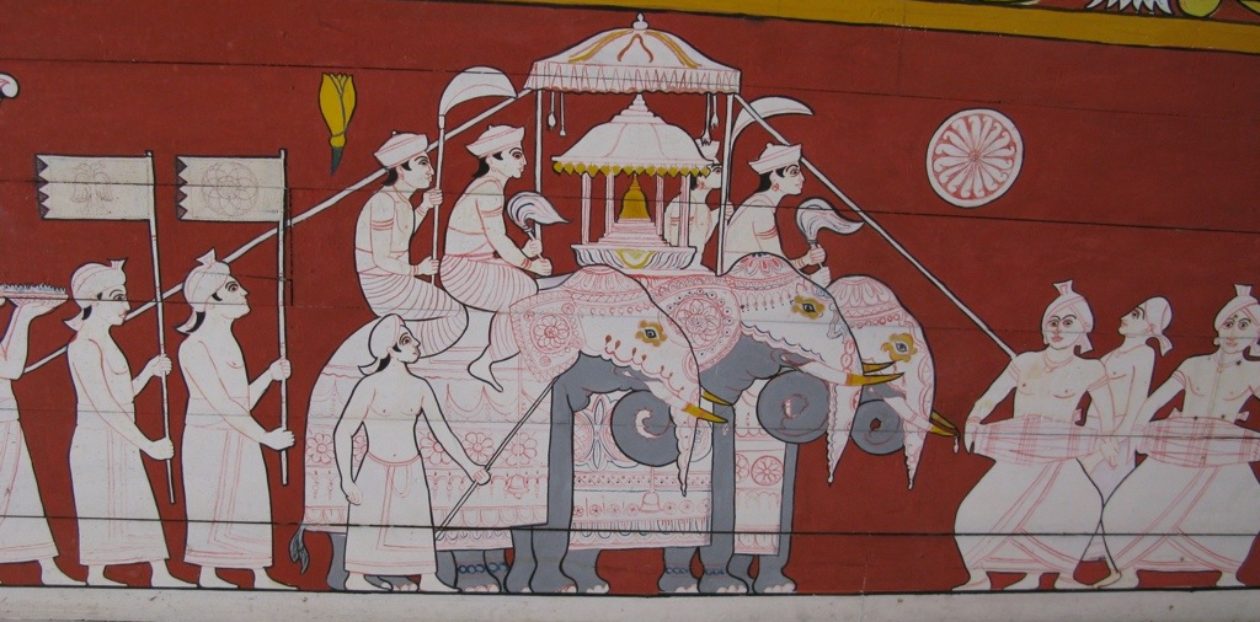10 April 2013
We had an early start at 5:30am to witness the sunrise at Trinco. Unfortunately, our cameras fogged up when it was taken out of the air-conditioned room. So we don’t have great pictures. The sunrise here is truly striking. We left at 7:30am for a temple called Thirukoneswaram. This temple dates back 2500 years. It was patronised by the great South Indian kingdoms over the years. It is one of the pre-eminent Hindu shrine in Sri Lanka. The entire ancient temple was carved out of solid rock. Unfortunately, the Portuguese destroyed the original temple in 1624 during their rampage through the north. The rock from the temple was used to build a fort and the rest of the rock was shoved over the edge. In the 1960s, Arthur C Clarke found the ruins of the temple underwater and recovered some significant pieces.

In 1950, the local Municipal Council was digging for a well nearby in Trincomalee and found a stash of ancient statues buried in the ground. It was suggested that probably some concerned devotees buried these statues from the ancient temple before the Portuguese destroyed the temple. The statues were enshrined in the modern temple in 1952. The temple is located high above a rocky hill overlooking Trinco.

In the temple ground, I chanced upon a very friendly cow that seemed quite young. It came up to me to greet me.

Monkeys abound on the trees above and in other places.

One of the features of the temple is for women to tie tiny cradles made of wood onto trees in the hope that they will have a baby.

We needed a group shot here. So hell why not!

We got back to the hotel after that to have breakfast and hit the road to Habarana which is almost in the centre of the island. We stopped for some fresh coconut drink that Charles immensely enjoyed.

One of the things you will notice while driving on the roads here is that there are cows everywhere. The cows are let out of the farm and there is always a leader in the pack. All the cows follow the leader to a grazing ground and return later in the afternoon back to the owners house. We actually chanced upon a cow waiting at the front gate of a house to be let in.

Some of these cows actually lie down in the middle of the highway like as if they are playing ‘chicken’. You soon notice that the cows command a right of way. All vehicle traffic take pains to go past them in a safe manner. We stopped by at a guest house for some afternoon tea. The scenario at this place overlooking a huge ancient manmade lake is quite idyllic.

The road to Habarana passes through several national parks. While passing through one of these parks, we spotted a young elephant having a feed by the side of the road.

After a short drive, we reached Chaaya Lodge, which is a sister hotel to where we stayed at Trinco. Again, it had typically the same sort of open feel about it.




























































































